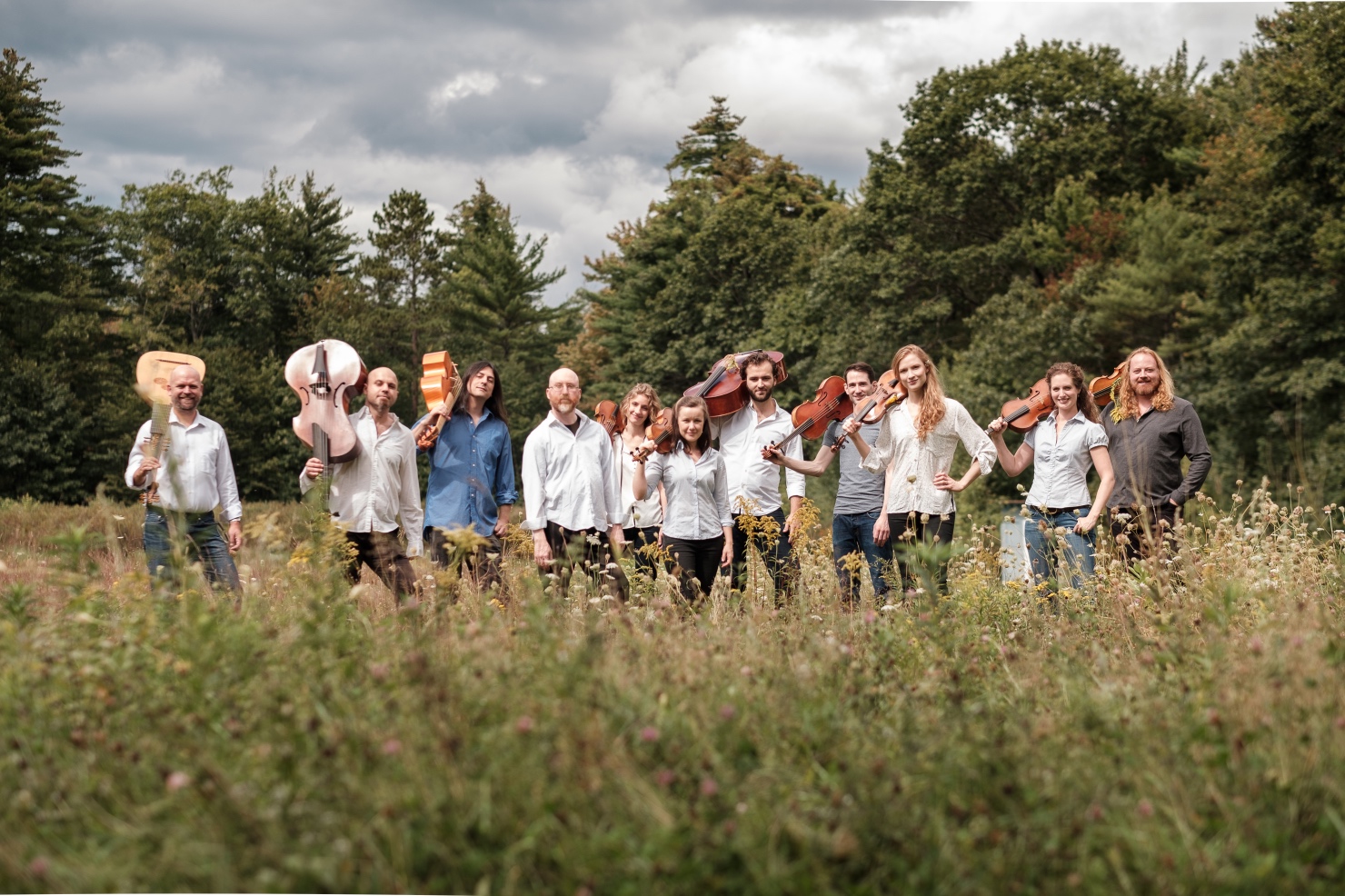
Opera + art = storytelling: a must-see event at Boston's Gardner Museum
InterviewOn February 10 at Boston’s Isabella Stewart Gardner Museum, art and opera mirror one another. La caduta de’ Decemviri, the rare 1697 opera by Alessandro Scarlatti, tells the tragedy of Virginia, the same story as Sandro Botticelli’s c. 1500 painting, The Story of Virginia. Scarlatti’s opera complements the Gardner Museum’s exhibition, Botticelli: Heroines + Heroes, running February 14 to May 19.
Isabella Stewart Gardner was herself a lover of Botticelli’s work, and she owned the sister painting of his Virginia setting, The Story of Lucretia. With The Story of Virginia, generously loaned by Accademia Carrara in Bergamo, the two paintings will be under the same roof for the first time.
We spoke with George Steel, Abrams Curator of Music at the Gardner Museum, about this must-see event.
How does Scarlatti’s La caduta de’ Decemviri tell the story of Virginia, and how is his telling different from Botticelli’s?
Scarlatti sets a libretto by Silvio Stampiglia from 1697 that is directly based on Livy’s original telling of the story of Virginia in Book III of his History of Rome. This being opera, Stampiglia has concocted a happy ending!
Botticelli’s painting takes a few key episodes of the story, which would have been well-known to his viewers, and presents them in the same painting. He created his “Story of Virginia” as a partner to his “Rape of Lucretia,” which Isabella Stewart Gardner purchased in 1899—the first Botticelli in America.

Why do you think Isabella Stewart Gardner was so drawn to depictions of strong, complex (and in this case, martyred) women?
Isabella lived at a time when women typically had little freedom or agency. So she adopted a course of action to achieve both—a remarkable achievement. She shaped her world and her persona to give herself leeway to pursue her own vision—and Boston, and the world, are the richer for it. It is no wonder that she was drawn to, among other things, depictions of strong women from the past.
The stories of Lucretia and Virginia, gruesome and tragic, were seen by audiences of the Renaissance as stories of women’s battles against tyranny. These stories of these women’s heroic battles seem particularly apt and poignant at present. Botticelli’s paintings illustrate these alarming and urgent stories with vividness.

What do you hope audiences will take away from this pairing of Scarlatti and Botticelli?
We hope this performance helps to bring Scarlatti’s unknown opera to light, helps share the little-known story of Virginia to life. We also hope to illuminate the ongoing relevance of Virginia’s story in the present day, especially women’s central role in the fight against tyranny from the earliest times to the present.

Comments